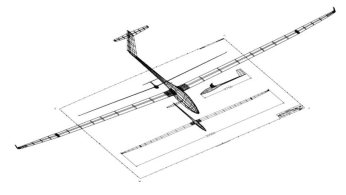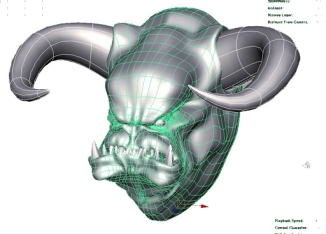



 |
 |
 |
 |
| Geometric
modeling underlies applications from computer animation and special
effects, to advanced modeling software for industrial design and
architecture, to rapid prototyping machines that "print" 3-D objects in
plastic, and many others. Geometric models represent the shapes and
spatial relationships of the environment that is being studied,
permitting a much deeper analysis than would be possible otherwise. How
these models are encoded, and how the algorithms that utilize them are
designed, comprise the field of computer-aided geometric design (CAGD),
which is the subject of this course. We will discuss a wide variety of techniques for representing and analyzing these models. Our emphasis will be on meshes, parametric curves and surfaces, and subdivision methods, but we will discuss less general approaches as well, particularly in relation to online and gaming applications. To illustrate the material, we will be using a combination of applets, physical models, short films, and software from the animation and design industries, in addition to the class slides. There will be guest lecturers; in the past we've had professionals from the animation, architecture, and industrial design fields. |
| Michael Reed
|
[ m-reed@cs.columbia.edu
| Home Page ] |
| phone:
|
917-811-1527
|
| office hours: |
5-6pm Tuesday, or by
appointment |
| mail: |
Department of Computer Science Columbia University 500 W. 120th Street, M.C. 0401 New York, New York 10027 |
| In addition to
programming proficiency, the student should have a basic
understanding of linear algebra and calculus. Having taken one of the
courses offered in robotics, vision or graphics will add to the
understanding of the course. Students without these qualifications, who still wish to participate, should speak to the instructor. |
| All course notes (in
pdf format), homeworks, and applets have been moved to the CourseWorks website. If
you are registered for this course, it will show up automatically when
you log in. If you are not registered and are a Columbia affiliate, you
can see all the course material by logging into CourseWorks and searching
under "Other Course Listings" using subject code COMS. |